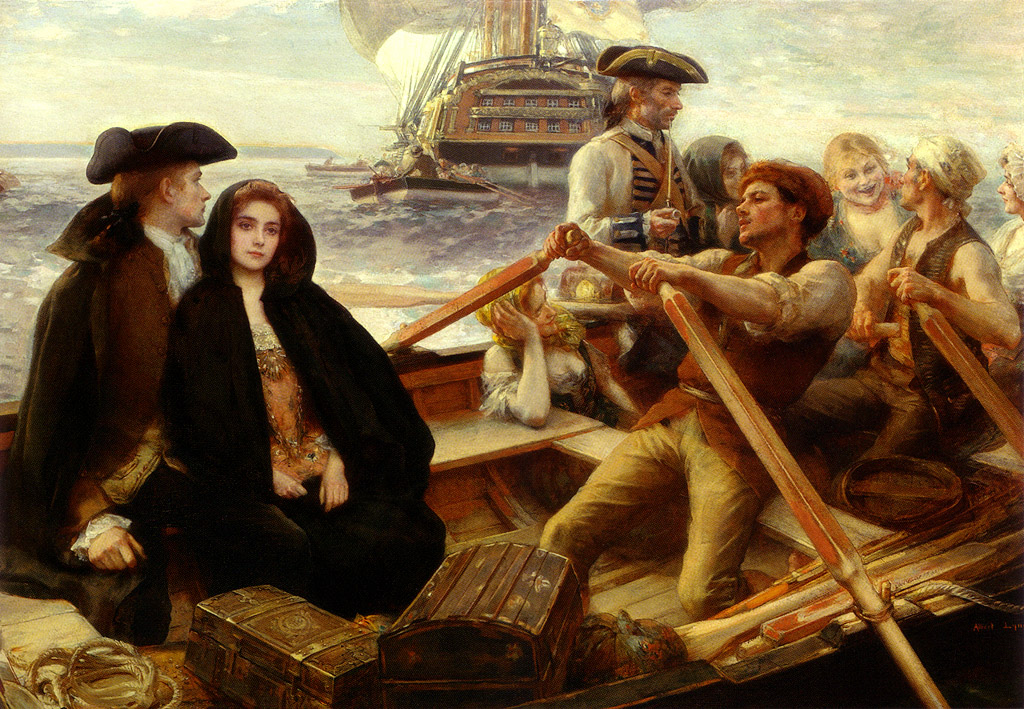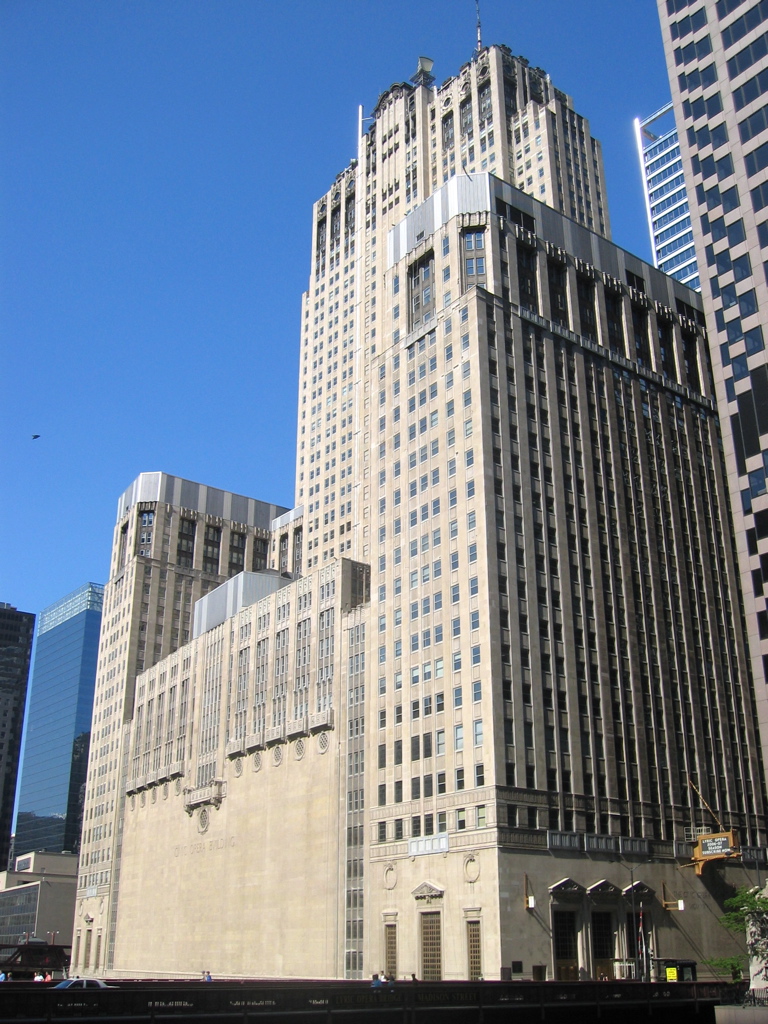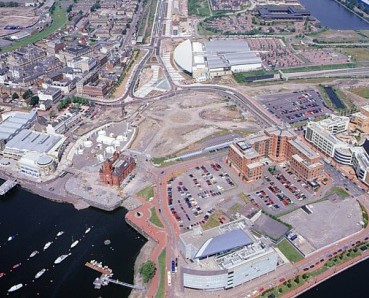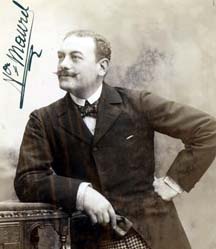|
Lando Bartolini
Lando Bartolini (11 April 1937 – 27 June 2024) was an Italian operatic tenor who appeared internationally at major opera houses and festivals. After studies in Philadelphia, he made his debut there in 1968, and received international attention in 1973 in Mascagni's '' Iris'' at the Liceu in Barcelona. He was a member of the New York City Opera from 1976 to 1979, and performed at the Arena di Verona between 1983 and 1998. With a spinto voice, he focused on Italian opera from bel canto to verismo, appearing in 49 roles such as Radames in Verdi's ''Aida'' and Calaf in Puccini's ''Turandot''. Life and career Bartolini was born in Casale di Prato on 11 April 1937. He worked in the family's textile business and later became an apprentice in electronics. His brother was a singer of popular music under the stage name who participated in the Italian Music Festival, Sanremo. After his brother had died in a car accident in 1967, Lando was inspired to study voice. He won the Mario La ... [...More Info...] [...Related Items...] OR: [Wikipedia] [Google] [Baidu] |
Prato
Prato ( ; ) is a city and municipality (''comune'') in Tuscany, Italy, and is the capital of the province of Prato. The city lies in the northeast of Tuscany, at an elevation of , at the foot of Monte Retaia (the last peak in the Calvana chain). With 198,326 inhabitants as of 2025, Prato is Tuscany's second largest city after Florence, and the third largest in Central Italy. Historically, Prato's economy has been based on the textile industry and its district is the largest in Europe. The textile district of Prato is made up of about 7000 fashion companies, amounting to around 2 billion euros of city's export. The renowned Datini archives are a significant collection of late medieval documents concerning economic and trade history, produced between 1363 and 1410. The city boasts important historical and artistic attractions, with a cultural span that started with the Etruscans and then expanded in the Middle Ages and reached its peak with the Renaissance, when artists such ... [...More Info...] [...Related Items...] OR: [Wikipedia] [Google] [Baidu] |
Boston Opera House
The Boston Opera House, also known as the Citizens Bank Opera House, is a performing arts and esports venue located at 539 Washington St. in Boston, Massachusetts. It was originally built as the B.F. Keith Memorial Theatre, a movie palace in the Keith-Albee-Orpheum, Keith-Albee chain. The chain became part of Radio-Keith-Orpheum, RKO when it was established just before the theater opened on October 29, 1928, and it was also known as the RKO Keith's Theater. After operating for more than 50 years as a movie theater, it was rededicated in 1980 as a home for the Opera Company of Boston, which performed there until the opera company closed down in 1990 due to financial problems. The theater was reopened in 2004 after a major restoration, and it currently serves as the home of the Boston Ballet and also hosts touring Broadway shows. History The Boston Opera House was originally designed as the B.F. Keith Memorial Theatre, a lavish movie theater in the Keith-Albee chain. The Keith ... [...More Info...] [...Related Items...] OR: [Wikipedia] [Google] [Baidu] |
Manon Lescaut
''The Story of the Chevalier des Grieux and Manon Lescaut'' ( ) is a novel by Antoine François Prévost. It tells a tragic love story about a nobleman (known only as the Chevalier des Grieux) and a common woman (Manon Lescaut). Their decision to live together without marriage is the start of a moral decline that also leads to gambling, fraud, theft, murder, and Manon's death as a deportee in New Orleans. The novel is regarded as a classic, and is the most reprinted novel in French literature, with over 250 editions. The story was first published in 1731 as the final volume of Prévost's serial novel '' Memoirs and Adventures of a Man of Quality'' (). In 1733, all copies for sale in Paris were seized due to the volume's morally questionable content. This effective ban contributed to an increase in popularity, prompting unauthorized reprints. In 1753, Prévost published ''Manon Lescaut'' as a revised standalone book, which is now the most commonly reprinted version. The nov ... [...More Info...] [...Related Items...] OR: [Wikipedia] [Google] [Baidu] |
Andrea Chénier
''Andrea Chénier'' () is a verismo opera in four acts by Umberto Giordano, set to an Italian libretto by Luigi Illica, and first performed on 28 March 1896 at La Scala, Milan. The story is based loosely on the life of the French poet André Chénier (1762–1794), who was executed during the French Revolution. The character Carlo Gérard is partly based on Jean-Lambert Tallien, a leading figure in the Revolution. It remains popular with audiences, though less frequently performed than in the first half of the 20th century. One reason for its survival in the repertoire is the lyrical-dramatic music provided by Giordano for the tenor lead, which gives a talented singer opportunities to demonstrate his skills and flaunt his voice. Giuseppe Borgatti's triumph in the title role at the first performance immediately propelled him to the front rank of Italian opera singers. He went on to become Italy's greatest Wagnerian tenor, rather than a verismo-opera specialist. Perform ... [...More Info...] [...Related Items...] OR: [Wikipedia] [Google] [Baidu] |
Teatro Di San Carlo
The Real Teatro di San Carlo ("Royal Theatre of Saint Charles"), as originally named by the Bourbon monarchy but today known simply as the Teatro (di) San Carlo, is a historic opera house in Naples, Italy, connected to the Royal Palace and adjacent to the Piazza del Plebiscito. It is the oldest continuously active venue for opera in the world, having opened in 1737, decades before either Milan's La Scala or Venice's La Fenice."The Theatre and its history" on the Teatro di San Carlo's official website. (In English). Retrieved 23 December 2013 The opera season runs from late November to July, with the ballet season from December to early June. The house once had a seating capacity of 3,285, but has now been reduced to 1,386 seats. Given its size, structure and antiquity, it was the model for theatr ... [...More Info...] [...Related Items...] OR: [Wikipedia] [Google] [Baidu] |
Bavarian State Opera
The Bavarian State Opera () is a German opera company based in Munich. Its main venue is the Nationaltheater München, and its orchestra the Bavarian State Orchestra. History The parent ensemble of the company was founded in 1653, under Electress consort Princess Henriette Adelaide of Savoy, when Giovanni Battista Maccioni's ''L'arpa festante'' was performed in the court theatre. In 1753, the Residence Theatre ( Cuvilliés Theatre) was opened as a major stage. While opera performances were also held in the Prinzregententheater (completed in 1901), the company's home base is the Nationaltheater München on Max-Joseph-Platz. In 1875, the Munich Opera Festival took place for the first time. Sir Peter Jonas became the general manager in 1993, the first British general manager of any major German-speaking opera house. In 2008, Nikolaus Bachler became Intendant (general manager) of the opera company, and Kirill Petrenko became Generalmusikdirektor (GMD) in 2013. In 20 ... [...More Info...] [...Related Items...] OR: [Wikipedia] [Google] [Baidu] |
Vienna State Opera
The Vienna State Opera (, ) is a historic opera house and opera company based in Vienna, Austria. The 1,709-seat Renaissance Revival venue was the first major building on the Vienna Ring Road. It was built from 1861 to 1869 following plans by August Sicard von Sicardsburg and Eduard van der Nüll, and designs by Josef Hlávka. The opera house was inaugurated as the "Vienna Court Opera" (''Wiener Hofoper'') in the presence of Emperor Franz Joseph I and Empress Elisabeth of Austria. It became known by its current name after the establishment of the First Austrian Republic in 1921. The Vienna State Opera is the successor of the old Vienna Court Opera (built in 1636 inside the Hofburg). The new site was chosen and the construction paid by Emperor Franz Joseph in 1861. The members of the Vienna Philharmonic are recruited from the Vienna State Opera's orchestra. The building is also the home of the Vienna State Ballet, and it hosts the annual Vienna Opera Ball during the ca ... [...More Info...] [...Related Items...] OR: [Wikipedia] [Google] [Baidu] |
Lyric Opera Of Chicago
Lyric Opera of Chicago is an American opera company based in Chicago, Illinois. The company was founded in Chicago in 1954, under the name 'Lyric Theatre of Chicago' by Carol Fox (Chicago opera), Carol Fox, Nicola Rescigno and Lawrence Kelly, with a season that included Maria Callas's American debut in ''Norma (opera), Norma''. Fox re-organized the company in 1956 under its present name. Lyric is housed in a theater and related spaces in the Civic Opera Building. These spaces are now owned by Lyric. Opera in Chicago, 1850–1954 The first opera to be performed in Chicago was Bellini's ''La sonnambula'', presented by a traveling opera company on 29 July 1850. Chicago's first opera house opened in 1865 but was destroyed in the Great Fire of Chicago in 1871. The second opera house, the Chicago Auditorium, opened in 1889. In 1929, the current Civic Opera House on 20 North Wacker Drive was opened, though the Chicago Civic Opera Company itself collapsed in the Great Depression. Th ... [...More Info...] [...Related Items...] OR: [Wikipedia] [Google] [Baidu] |
Cardiff Bay Opera House
Cardiff Bay Opera House was a proposed centre for the performing arts in Cardiff Bay, Cardiff, Wales, conceived in the 1990s as a crucial part of the Cardiff Bay redevelopment project. One aim of the scheme was to create a new home for the Welsh National Opera company, which was then based in the New Theatre in Cardiff. The Wales Millennium Centre was built in its place and it opened in 2004. The plan, supported by the Cardiff Bay Development Corporation, was to construct a permanent home for Welsh National Opera on a site near the Inner Harbour, Cardiff Bay. An international design competition was held and was eventually won by the Iraqi-born architect Zaha Hadid. The Hadid design was called the Crystal Necklace by some in the media. However, the project failed to win financial support from the Millennium Commission, the body which distributed funds from the UK National Lottery. International design competition An international design competition was established by the ... [...More Info...] [...Related Items...] OR: [Wikipedia] [Google] [Baidu] |
Deutsche Oper Berlin
The Deutsche Oper Berlin is a German opera company located in the Charlottenburg district of Berlin. The resident building is the country's second largest opera house (after Munich's) and also home to the Berlin State Ballet. Since 2004, the Deutsche Oper Berlin, like the Staatsoper Unter den Linden ( Berlin State Opera), the Komische Oper Berlin, the Berlin State Ballet, and the Bühnenservice Berlin (Stage and Costume Design), has been a member of the Berlin Opera Foundation. History The company's history goes back to the ''Deutsches Opernhaus'' built by the then independent city of Charlottenburg—the "richest town of Prussia"—according to plans designed by Heinrich Seeling from 1911. It opened on 7 November 1912 with a performance of Beethoven's ''Fidelio'', conducted by Ignatz Waghalter. In 1925, after the incorporation of Charlottenburg by the 1920 Greater Berlin Act, the name of the resident building was changed to ''Städtische Oper'' (Municipal Opera). With ... [...More Info...] [...Related Items...] OR: [Wikipedia] [Google] [Baidu] |
Hamburg State Opera
The Hamburg State Opera (in German: ) is a German opera company based in Hamburg. Its theatre is near the square of Gänsemarkt. Since 2015, the current ''Intendant'' of the company is Georges Delnon, and the current ''Generalmusikdirektor'' of the company is Kent Nagano. History Opera in Hamburg dates to 2 January 1678 when the Oper am Gänsemarkt was inaugurated with a performance of a biblical Singspiel by Johann Theile. It was not a court theatre but the first public opera house in Germany established by the art-loving citizens of Hamburg, a prosperous member of the Hanseatic League. The Hamburg ''Bürgeroper'' resisted the dominance of the Italianate style and rapidly became the leading musical center of the German Baroque. In 1703, George Friedrich Handel was engaged as violinist and harpsichordist and performances of his operas were not long in appearing. In 1705, Hamburg gave the world première of his opera ''Nero''. In 1721, Georg Philipp Telemann, a central ... [...More Info...] [...Related Items...] OR: [Wikipedia] [Google] [Baidu] |
Pagliacci
''Pagliacci'' (; literal translation, 'Clowns') is an Italian opera in a prologue and two acts, with music and libretto by Ruggero Leoncavallo. The opera tells the tale of Canio, actor and leader of a commedia dell'arte theatrical company, who murders his wife Nedda and her lover Silvio on stage during a performance. ''Pagliacci'' premiered at the Teatro Dal Verme in Milan on 21 May 1892, conducted by Arturo Toscanini, with Adelina Stehle as Nedda, Fiorello Giraud as Canio, Victor Maurel as Tonio, and Mario Ancona as Silvio. Soon after its Italian premiere, the opera played in London (with Nellie Melba as Nedda) and in New York (on 15 June 1893, with Agostino Montegriffo as Canio). ''Pagliacci'' is the best-known of Leoncavallo's ten operas and remains a staple of the repertoire. ''Pagliacci'' is often staged with ''Cavalleria rusticana'' by Pietro Mascagni, a double bill known colloquially as "Cav/Pag". Origin and disputes Leoncavallo was a little-known composer when Pietro Masc ... [...More Info...] [...Related Items...] OR: [Wikipedia] [Google] [Baidu] |







